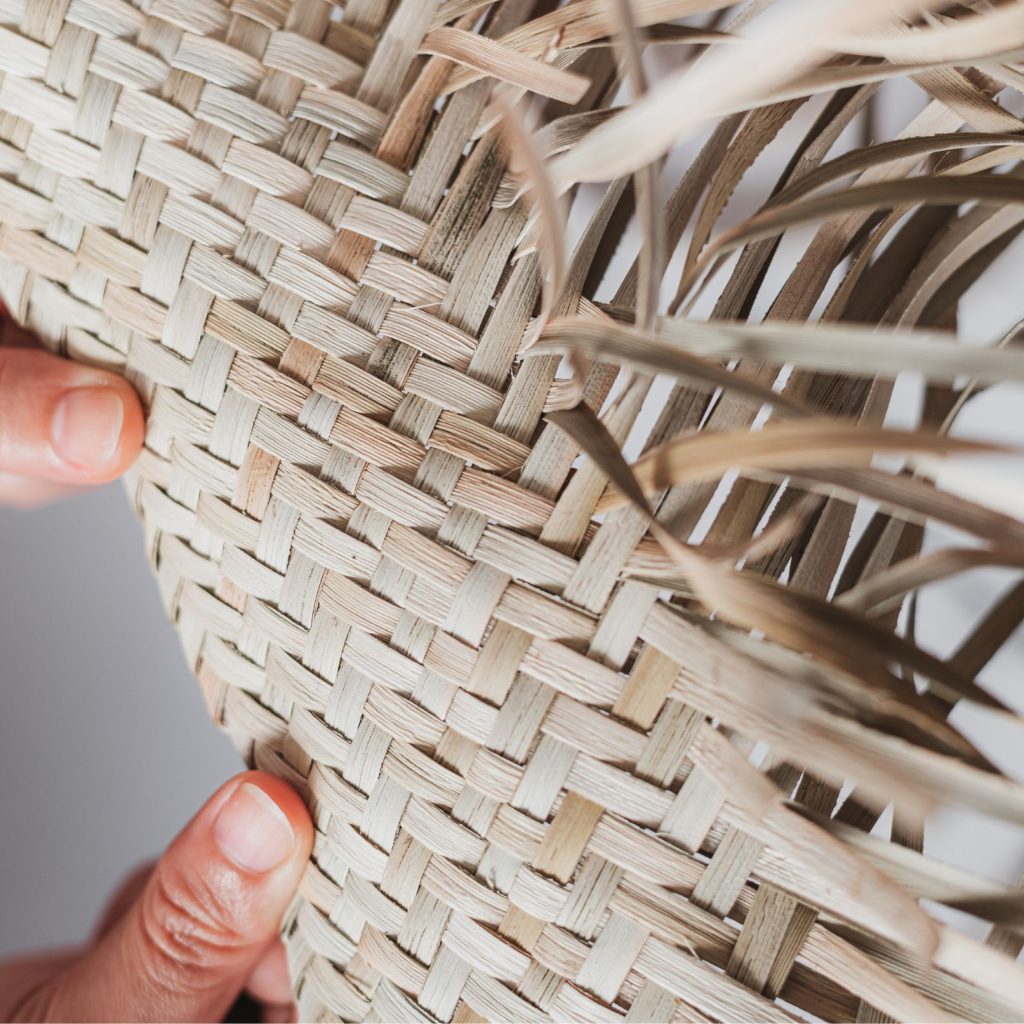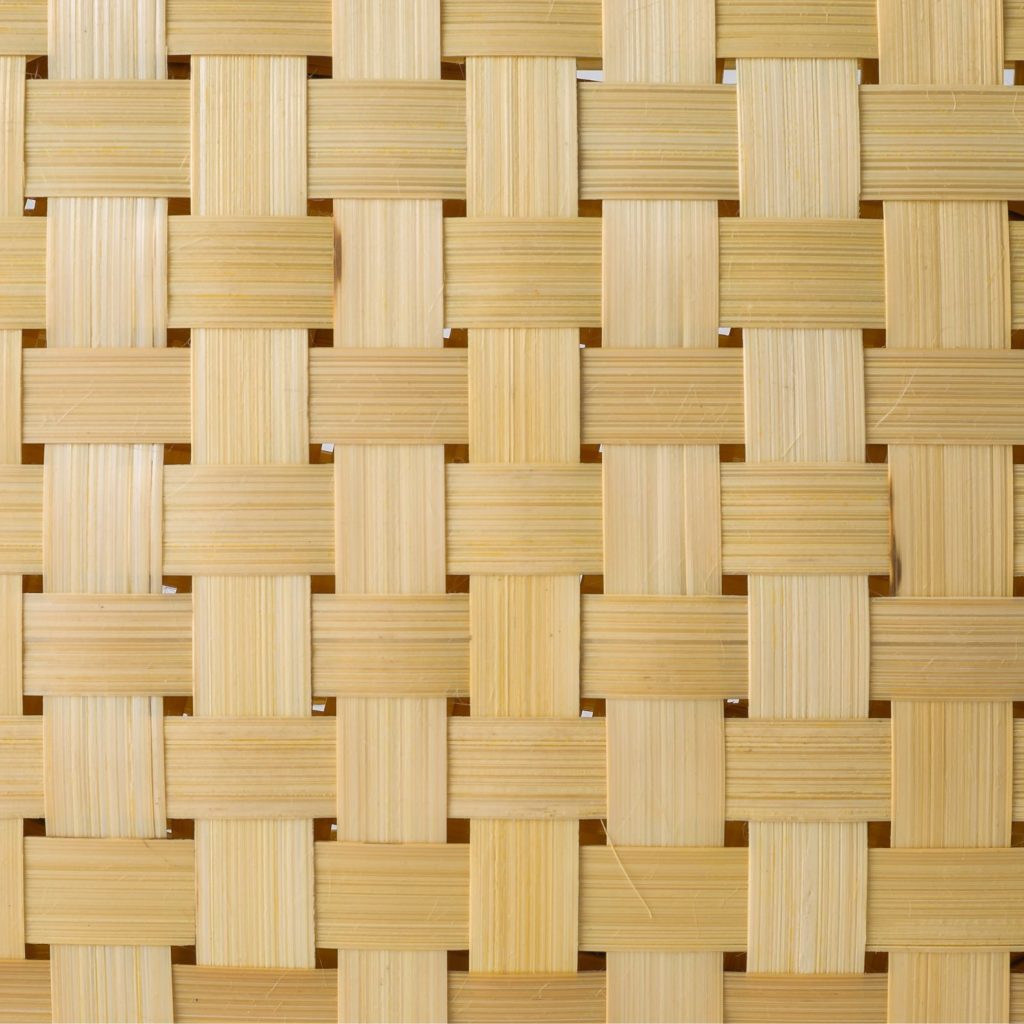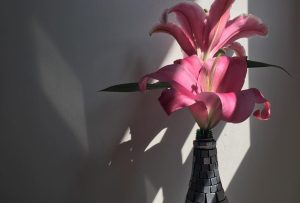Basket weaving is a craft that has been practised for centuries, and it continues to captivate people across the globe. Crafting stunning baskets is an intricate art that demands a keen eye for detail and the tenacity to master a variety of basket weaving patterns.
Perhaps one of the most exciting aspects of basket weaving is the vast array of designs that can be created. Each pattern has its uniqueness and tells a special story about the culture and history of the weaver. No two baskets are alike, and this is what makes the art form so extraordinary.
This blog post will explore the fascinating world of basket-weaving patterns. It will delve into the origins of the most popular designs, the materials used, and the techniques involved in creating them. It will also showcase some of the most awe-inspiring examples of vintage and contemporary baskets, offering insight into how the craft has evolved through the years.
Whether you are a novice or an experienced weaver, this post will provide a wealth of information to inspire and motivate your next basket-weaving project. Are you ready to unleash your creativity and start on a new amazing weaving journey soon?
Contents
7 Basket Weaving Patterns to Elevate Your Skills
As an aspiring weaver, it’s essential to familiarize yourself with basket weaving patterns to create the most stunning weaved baskets. Two of the most popular basket weaving patterns are over/under and under/over, which lay the foundation for more advanced techniques.
Once you have mastered these two patterns, you can move on to more intricate designs such as diagonal, twill, plaiting, and more.

1. The Basic Weave: Over/Under and Under/Over
The over/under pattern involves weaving the weavers (the horizontal strips of material) over and then under the vertical stakes. Repeat this pattern until you reach the desired height of your basket. The under/over pattern is simply the reverse of the over/under method. With this pattern, you weave the weavers under the vertical stakes and then over them.
These basic basket weaving patterns can be varied to create more complex designs as you gain more skill and experience in basket weaving. It’s important that you learn first to keep your tension even to create the perfect basket.
With practice and patience, you can create beautiful and functional baskets using these foundational patterns.
2. Diagonal Weave Pattern
When it comes to basket weaving patterns, the diagonal weave pattern is among the most popular and versatile. Also known as a twill weave pattern, this technique involves using multiple weaving elements to create a woven pattern that visually resembles diagonal lines across the surface of the basket. This pattern can be used to create various baskets, from small gift baskets to larger storage containers.
The diagonal weave pattern adds visual interest and texture to any basket, making it a favourite among both beginner and experienced basket weavers.

You can begin by creating the base of the basket using a twining technique. This involves weaving two or more weavers in an over-and-under pattern around a centre point to create a sturdy base.
To start making the diagonal weaving pattern, add a new weaver to the base, and place it over two or more of the previous weavers. Then, weave the new weaver under the next weaver in the row, and over the following one. Continue this pattern, alternating over and under each weaver in the row, until you reach the end of the row.
For the next row, start by placing the new weaver over the first weaver in the previous row, and then under the next two weavers. Continue weaving in this pattern, alternating the placement of the new weaver over and under the previous weavers, to create the diagonal pattern.
Continue weaving in this way, adding new weavers and alternating the over-and-under pattern, until you have reached the desired height of the basket. Finish the basket by trimming the excess weavers and tucking the ends into the weaving to secure them in place.
The diagonal weaving pattern creates a unique and interesting design in the basket and can be used with a variety of weaving materials to create baskets in different sizes and shapes.
3. Checkered Weave Pattern
The checkered weave pattern involves weaving two different-coloured weavers over and under alternate spokes.
To begin, two weavers of different colours are placed side by side over the first spoke. Then, the first weaver is woven over the second spoke and under the third spoke, while the second weaver is woven under the second spoke and over the third spoke.
The weavers are then crossed over each other at the fourth spoke and the pattern continues in this manner, with the weavers alternating over and under the spokes in a regular pattern. As the weaving progresses, the checkered pattern emerges, with each square of the pattern formed by four spokes and the weavers that cross them.

It is one of the favourite basket weaving patterns, creating a variety of different shapes and sizes of baskets and suiting various preferences.
4. Basketry Plaiting Pattern
One of the commonly used basket weaving patterns is the basketry plaiting pattern. It involves weaving multiple strands of material, such as reeds or other natural fibres, together in an over-under pattern to create a sturdy and functional basket. This pattern is widely used in the creation of traditional baskets for storage or decorative purposes.
The basketry plaiting pattern is also versatile and can be adapted to create different shapes and styles of baskets, such as round, oval, or rectangular. Many experienced basket weavers have mastered this pattern and use it to create intricate designs and details within their baskets.
Begin by placing two strips of material parallel to each other. These will be your “base” strips. Take a third strip of material and place it over the two base strips, perpendicular to them. Weave the third strip over the first base strip, then under the second base strip.
Take a fourth strip of material and place it perpendicular to the first three strips. Weave the fourth strip over the second base strip, then under the first base strip.

Then, continue to add more strips of material as needed to create the size of basket you want. As you weave, gently push the strips of material together to create a tight weave.
Once you have woven to the desired height, trim any excess material from the ends of the strips. Fold the ends of the strips over and tuck them into the weaving to finish the basket.
The basketry plaiting pattern is a fundamental and essential technique in basket weaving, making it a valuable skill to master for anyone interested in learning different basket weaving patterns.
5. Three-Rod Wale Pattern
Basket weaving patterns have evolved over time and inspired many creative designs. The three-rod wale pattern is a popular weave structure that produces a sturdy and visually appealing basket. This pattern involves weaving three horizontal weavers over three vertical stakes to create a diagonal herringbone effect. As each weaver is woven over and under the stakes in sequence, the desired pattern is achieved.

One of the easiest-to-customize basket weaving patterns is the three-rod wale pattern. You can adjust the spacing between the stakes or change the colours.
This pattern is also ideal for creating sturdy and durable baskets, making it a favourite among beginners and experienced weavers alike.
6. Rib-Style Pattern
When it comes to basket weaving patterns, the rib-style pattern is one versatile option. This pattern involves weaving vertical rows of thicker material, known as the “ribs,” to create a sturdy framework for the basket. Once the ribs are in place, thinner materials such as reeds, grasses, or even yarn can be woven horizontally through them to fill in the body of the basket.
The result is a basket with a distinct texture and structure that can be decorative or functional, depending on the weaver’s design. The pattern can be used to create a variety of basket shapes and sizes, from small decorative pieces to larger storage baskets.
Experimenting with different materials for the ribs and weft can also create different visual effects, such as contrasting colours or subtle basket weaving patterns. The rib-style pattern is a timeless and reliable choice for basket weavers of all levels.
7. Coiling and Stitch Techniques
Coiling and stitching techniques are essential skills every weaver should learn to create intricate and beautiful basket weaving patterns. These involve wrapping materials like plant fibres, cane, or even thin strips of cloth or leather around a centre core or base, then stitching it together to create a beautiful and functional basket or tray.
Coiling and stitching techniques can be used to create various basketry designs, from simple, traditional baskets to complex contemporary works of art. Whether you’re new to basket weaving or an experienced weaver, mastering coiling and stitch techniques can take your work to the next level, and help you create stunning basket weaving patterns that are both beautiful and functional.
4 Sustainable Materials For Unique Basket Weaving Patterns
Crafting projects require a comprehensive understanding of the different materials available for use. This understanding is fundamental in basket weaving, where a wide range of materials can be employed.
To effectively select the perfect materials for your project, it is vital to familiarize yourself with the various options available. So, take the time to learn about each material option, to be better equipped to create stunning basket weaving patterns and designs.

Materials such as willow, rush, and reed are commonly used in basket weaving due to their flexibility, durability, and availability.
1. Willow
Willow is a particularly good choice for basket making due to its flexibility and durability. Its slender, flexible branches can be easily woven into various shapes and sizes, while its natural strength and durability make it a practical choice for baskets that will be used regularly.
2. Rush
Rush is a type of grass that grows in wetlands and is known for its strength and pliability. One of the benefits of using Rush for basket weaving is that it is relatively easy to work with.
Rush can be soaked in water to make it more pliable and easier to manipulate, and it can be twisted and braided into a variety of shapes and sizes. It is also naturally resistant to moisture, making it ideal for use in baskets that will be used for storing food or other items.
3. Reed
Reed comes from the stems of certain plants and is also strong and flexible, making it ideal for creating intricate basket designs. One of the advantages of using reed is that it can be woven tightly to create baskets with a smooth surface.

4. Raffia
Raffia a natural fibre sourced from palm trees is another popular option for basket weaving. Its texture gives a natural feel to the finished product, and it comes in a range of colours. It is a versatile material for creating basket weaving patterns with a unique and organic look.
But, if you’re looking for something more eco-friendly, you can also consider using recycled materials such as newspapers, magazines, fabric scrap or soda straws. These materials can be cut into strips and tightly woven to create unique and colourful baskets.
One enjoyable and eco-friendly activity to do with your children is basket weaving with recycled materials. Teach your kids how to weave using soda straws and create charming baskets and other fun objects. What a wonderful experience it will be to learn a new skill while instilling in them sustainable practices!
Summary
To summarize, basket weaving is an ancient craft that has been practised for thousands of years. Basket weaving patterns are versatile and can be used to make various types of baskets.
By mastering these 7 basket weaving patterns, you can create unique and beautiful baskets that are not only functional but also aesthetically pleasing.
Basket weaving is a fun and rewarding project. So, pick up your materials and start weaving your own beautiful works of art!






